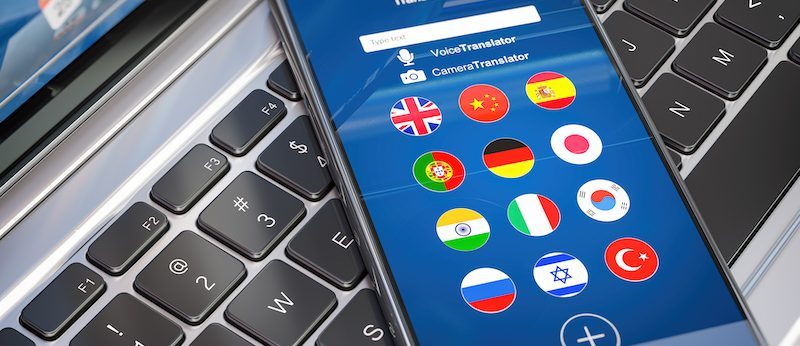The Tools Most Often Used by Translators
Tools are means that help professionals perform their job better. In this respect, translators and interpreters also have special tools that help them.
It goes without saying that often translation tools are inadequate to achieve complete precision, but thanks to technological improvements and the internet increasingly effective resources are available.
Using translation tools is a good option when we have questions or are uncertain about a specific word or phrase. But do you know which tools are used for translation and how they function?
Below we expound on the translation tools most often used by professional translators that are considered the most effective to perform an accurate and trustworthy job.
Translation
In general, the translation of texts and languages involves passing a text in one language to another. The more accurate it is, the better the result.
Nevertheless, intent can change from one language to another; also, there are idiomatic expressions that can modify the meaning of a sentence. This is precisely the work of a translator: to be able to understand and translate the intent of an author, as well as idiomatic expressions, and overall give the most faithful rendering of the original text.
Professional Translation Tools
Translators used to do all work by hand, mainly with the help of dictionaries, which was the tool available.
Technology has been evolving and gaining ground. With the arrival of the internet and computers everything changed drastically. Nowadays there exist a myriad of tools, which by only typing a word, phrase or a complete text, everything is translated automatically in just a few seconds.
However, computers and technology have not gotten to the point of being able to replace the “human touch”. In particular, to replicate the intent or exact meaning of phrase which, as was mentioned earlier, is key to produce a text that is completely accurate and faithful to the original.
This being said, translation tools are a great help for any professional. Although these technological developments will not substitute translators and interpreters, they can support them to perform their job better.
In the digital arena there are available several translation tools. Some require payment of a subscription and some are free; others specialize in a specific language while others use algorithms and ultra-sophisticated resources. Below we give some examples:
Linguee
This is definitively the favorite and most well-known tool in the translation industry. It combines a dictionary with a search engine that helps find expressions, words, meanings and translations taking context into consideration.
It should be noted that this tool is not recommended to translate complete texts; however, it can help with idiomatic expressions and words which you are unsure off, to achieve a more accurate translation.
Note that Linguee is a webpage on the internet that is completely free, so you just need a computer device with internet access to make us of it.
Computer-Assisted Translation Tools (TAO, for its Acronym in French)
These translation tools (TAO) consist of computer applications to support translators. Some of the most well-known professional translation tools are TAO computer programs, such as: Trados, Déjà Vu and Wordfast.
SDL Trados Studio
This is one of the most popular TAO tools. Its software includes a translation memory, automatic translations and software location.
Most translators and translation agencies tend to prefer TAO, which has strong credibility. As expected, such a solid tool requires the payment of a subscription. This being said, its owner offers a 30-day trial period to evaluate if it meets the client’s needs.
Fluency Now
This is another TAO tool that has a very capable software translation memory. It was developed by independent professionals, not by a company, which assures that it is an accurate tool that complies with the objectives recognized as necessary by independent professionals. Because of this, it has a good reputation of fulfilling expectations.
It is compatible both with Mac and Windows and even with Linux operating systems. There is also available a version for organizations that includes additional project solution capabilities, notably an integrated software for proofreading and compilation of project statistics.
The use of this tool requires a subscription. Its scope and reach is broad and can be highly advantageous for professional translators.
Practice makes perfect and tools make the translator’s job much easier and faithful to the original. However, professional translation software will not do the job for us, not even after the arrival of Artificial Intelligence that is causing a significant impact on the industry. In effect, translation tools will never be able to surpass the quality given by the human touch.
A tool makes the job easier, but it will not make the job for us. It is important to plan ahead and get in touch with professionals to get the job right, to obtain accurate and high-quality translations.
At Servicio Lingüístico Empresarial you will find the professional translation and interpretation service you require, and much more. Get in touch with us and discover how a professional translation makes all the difference.


